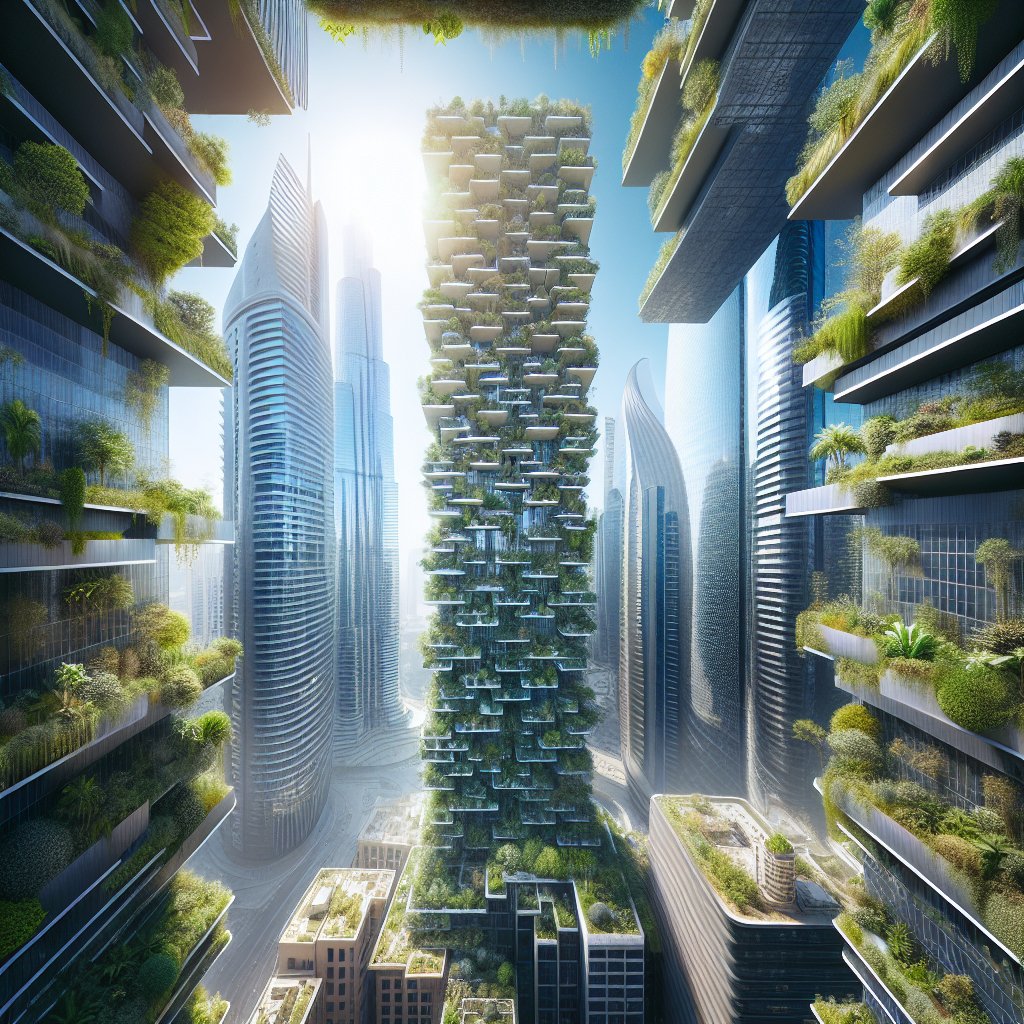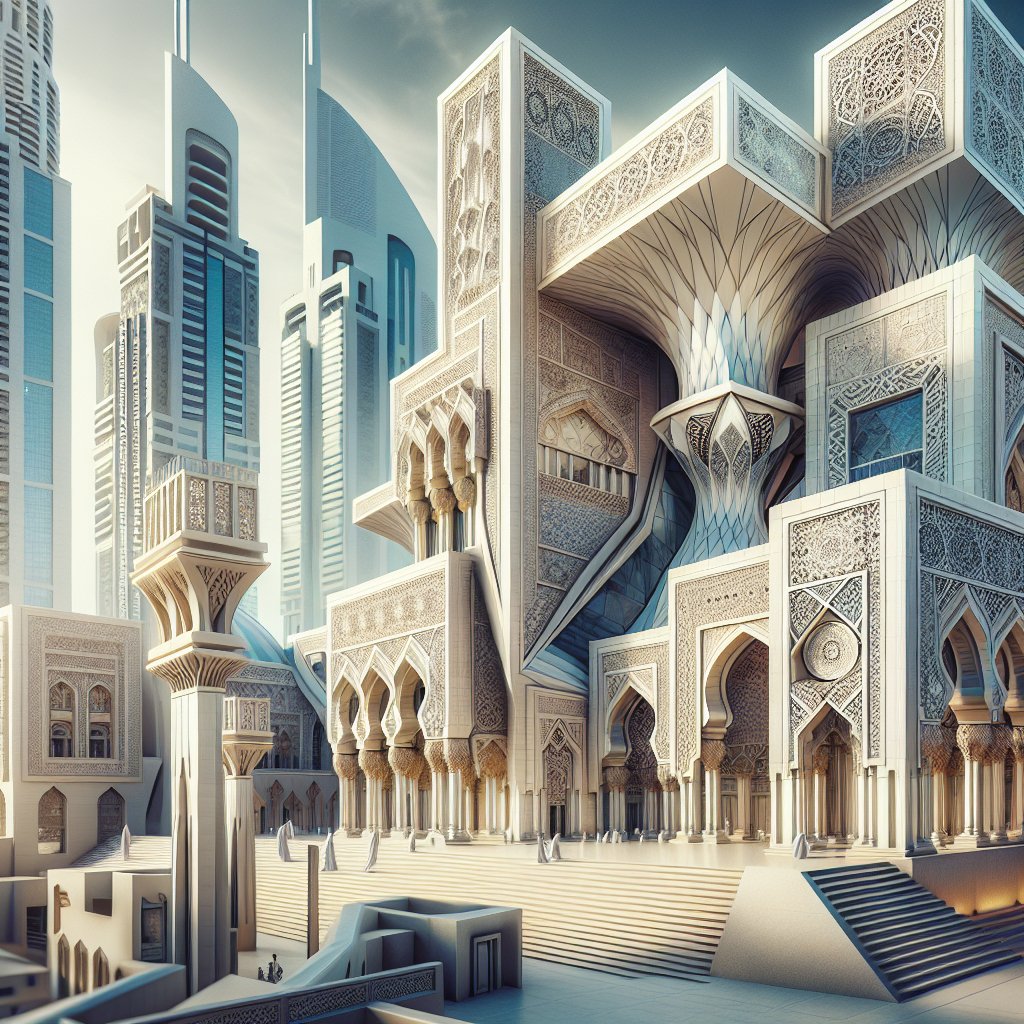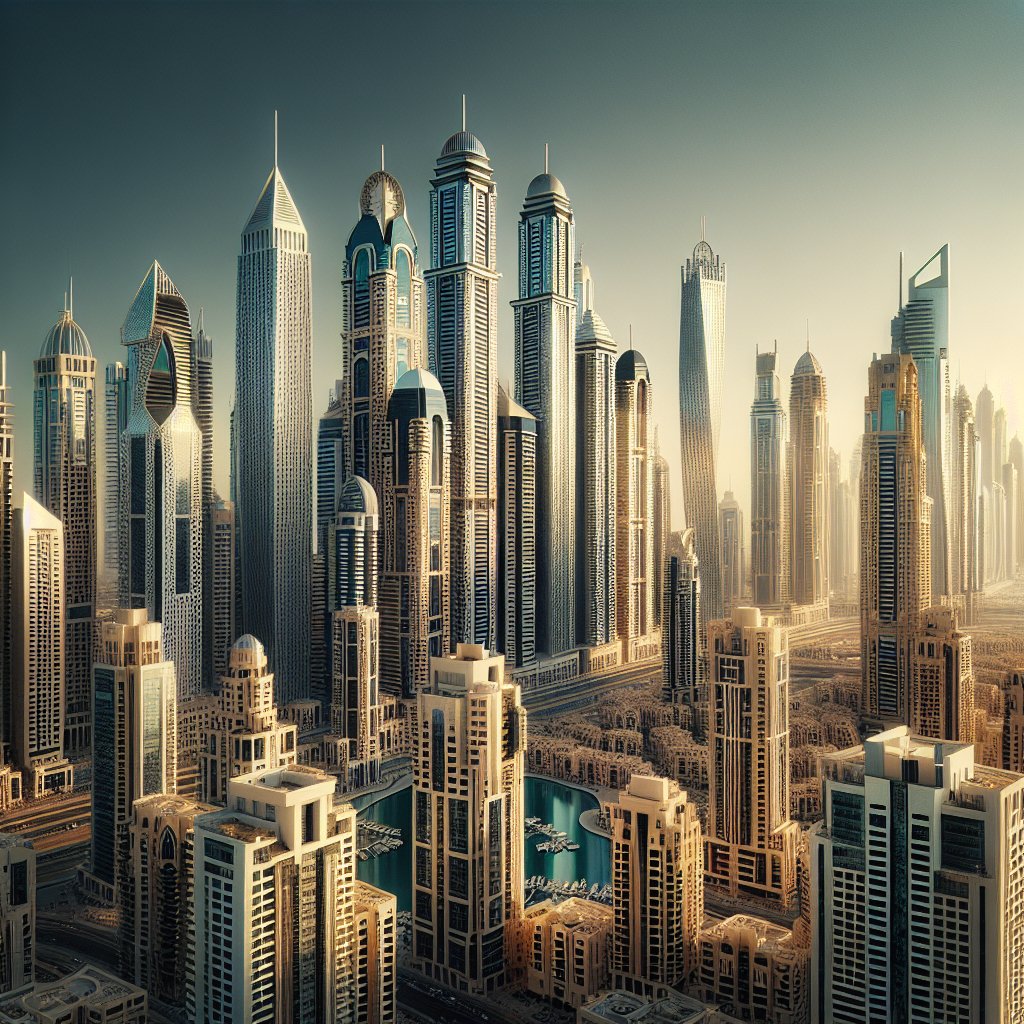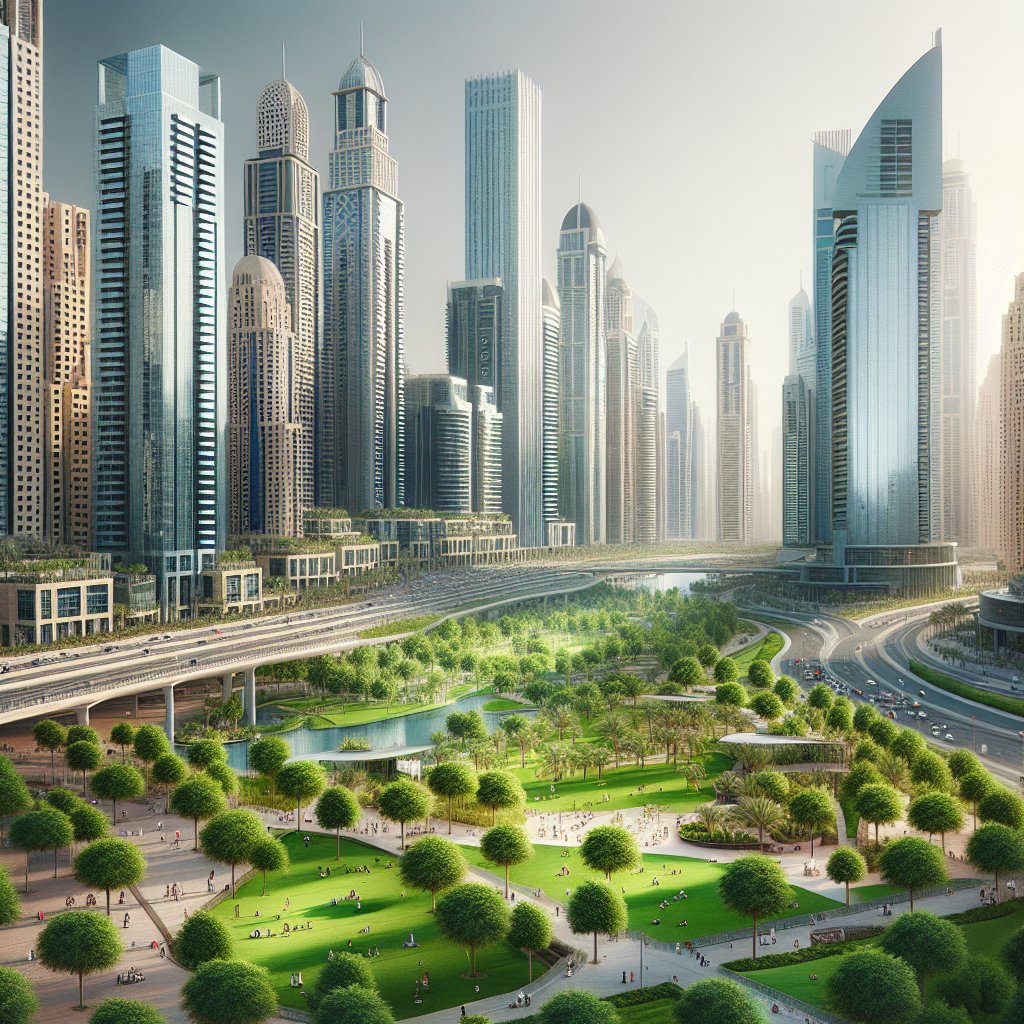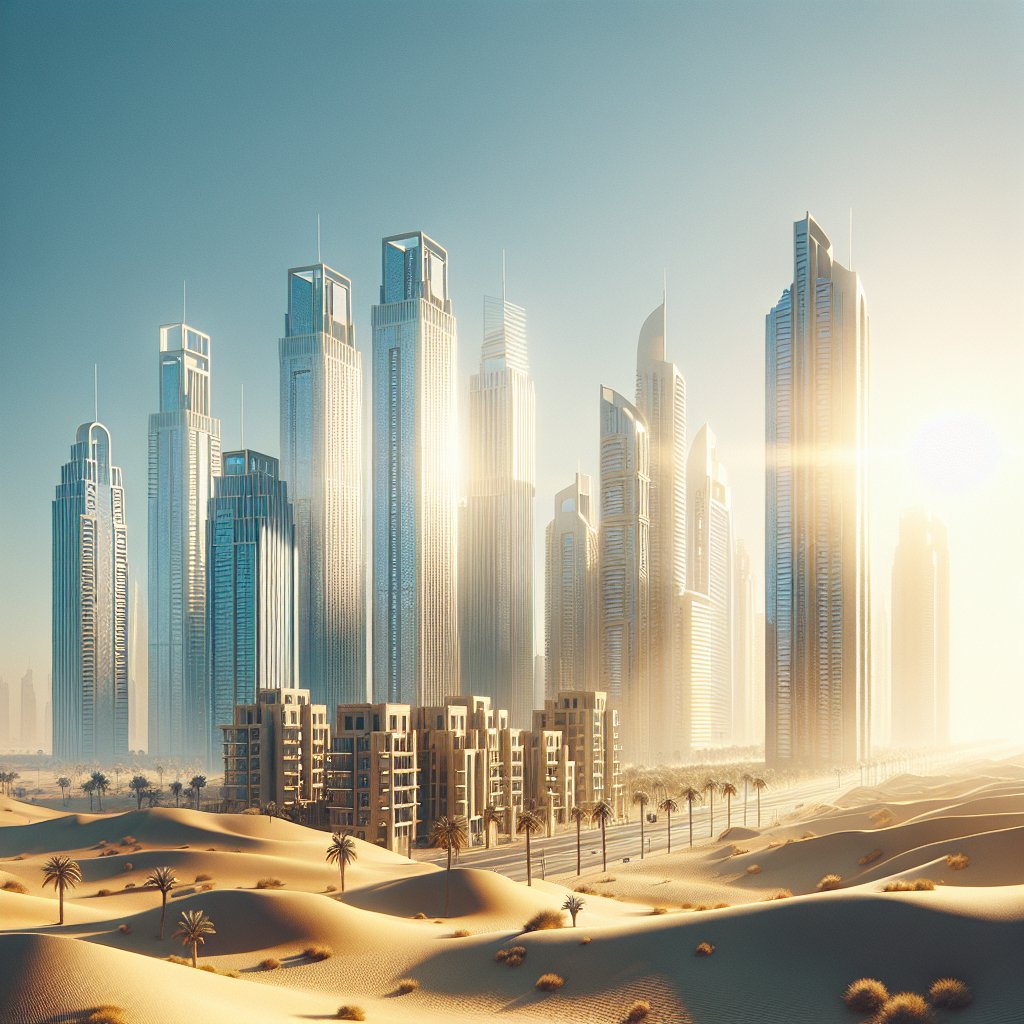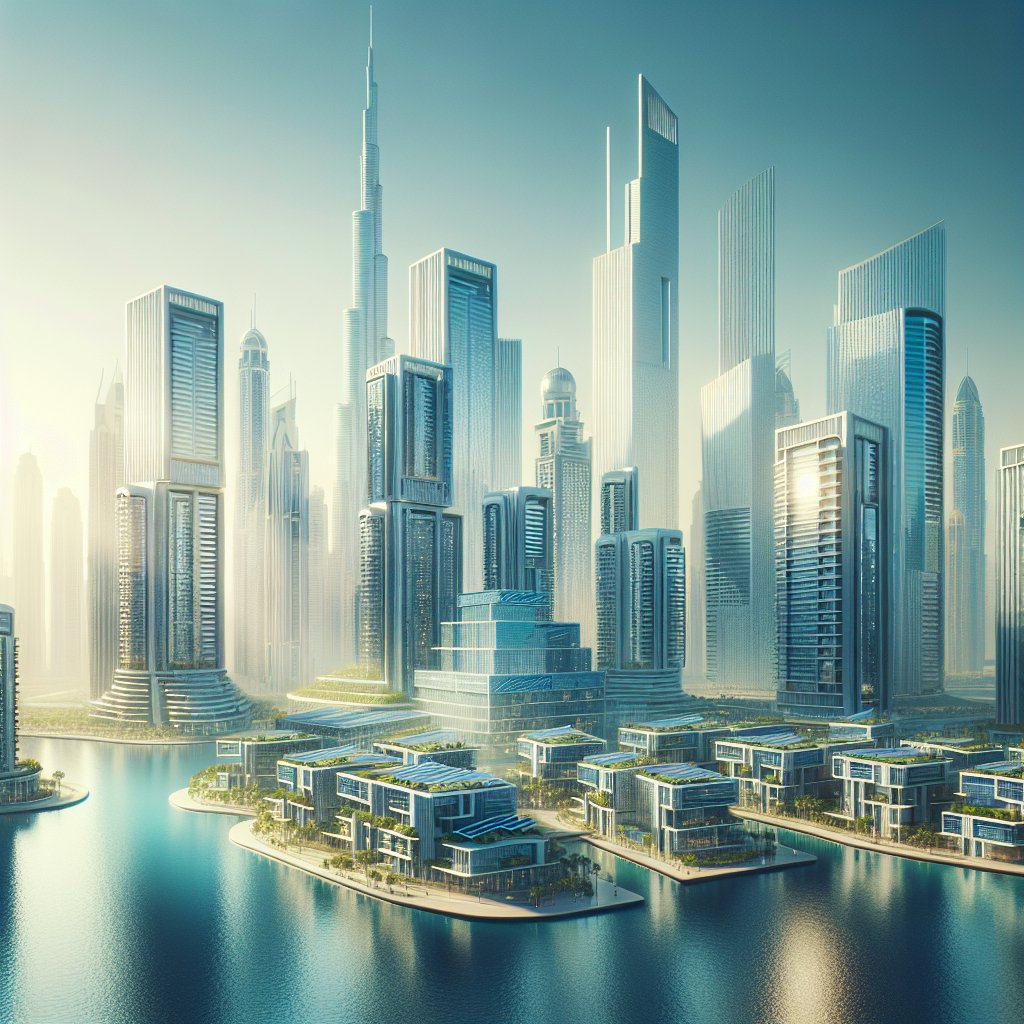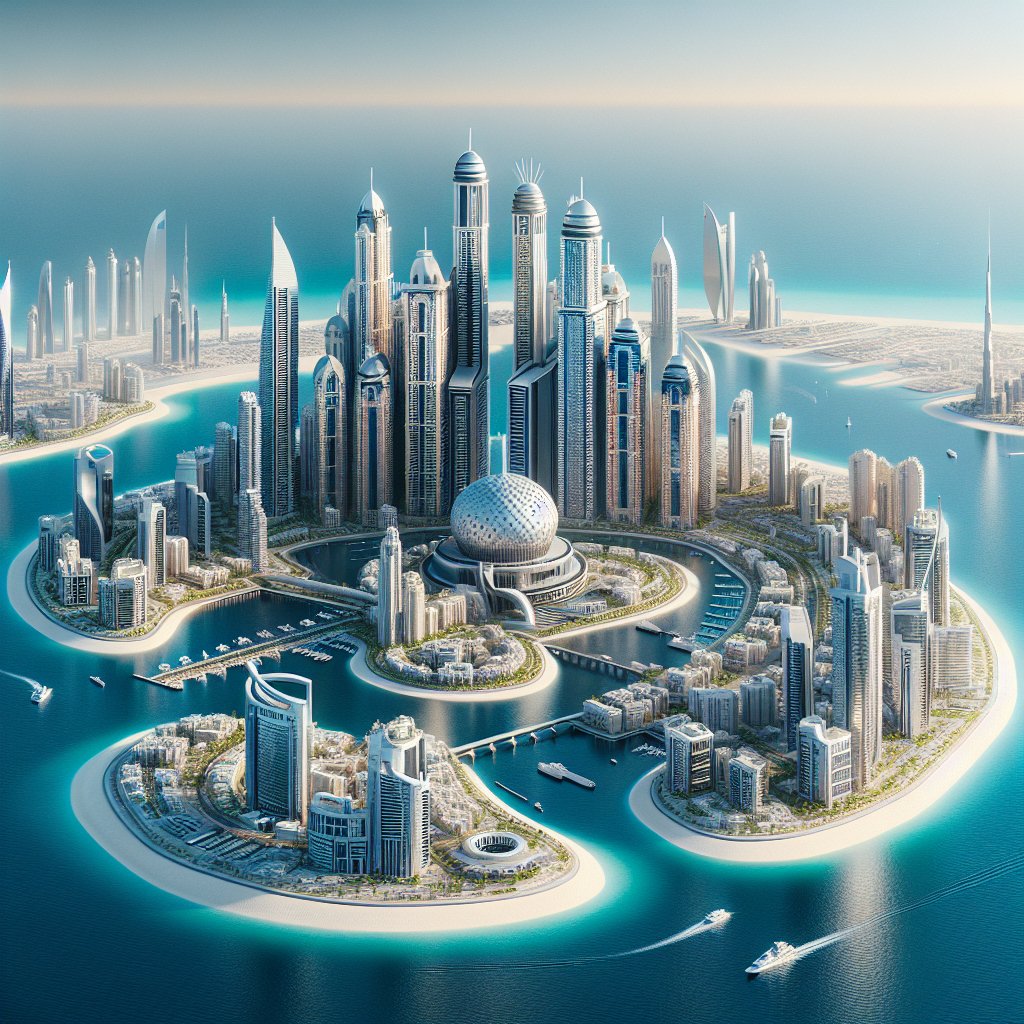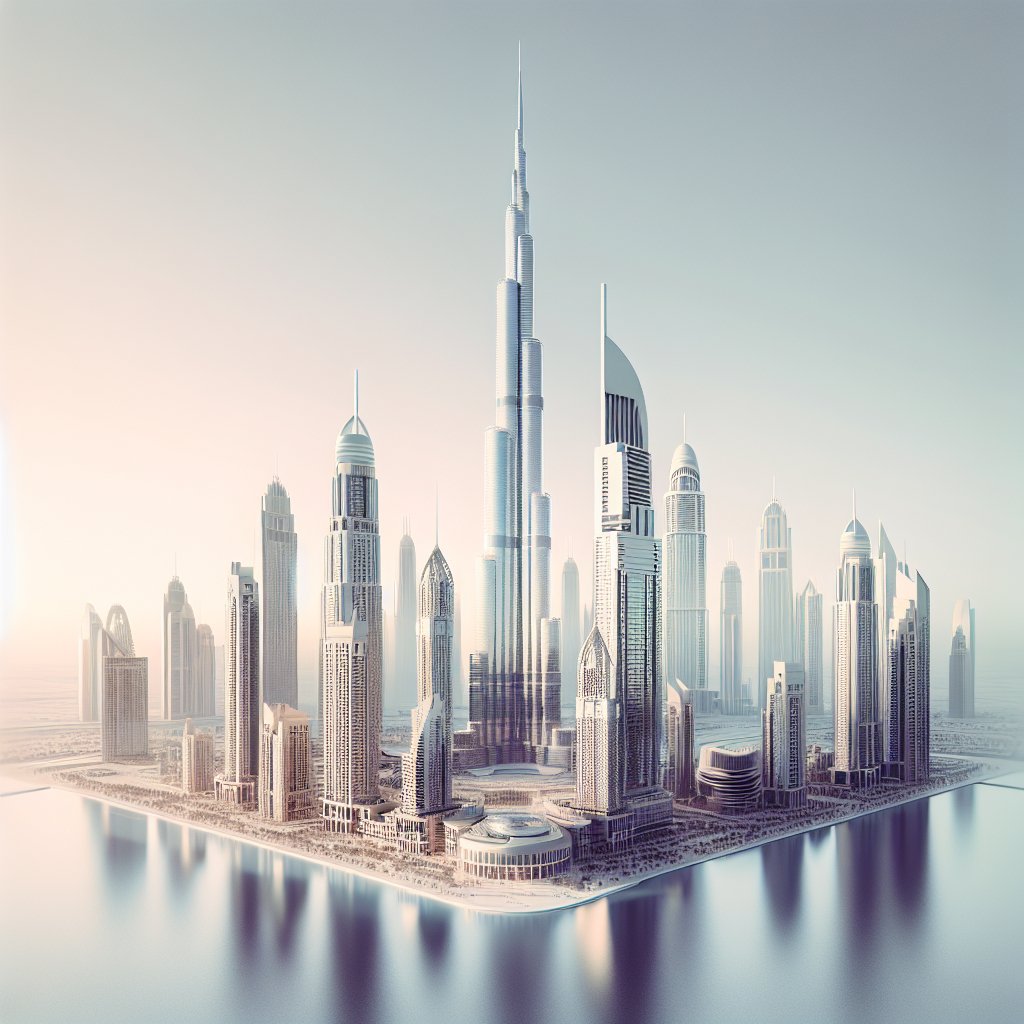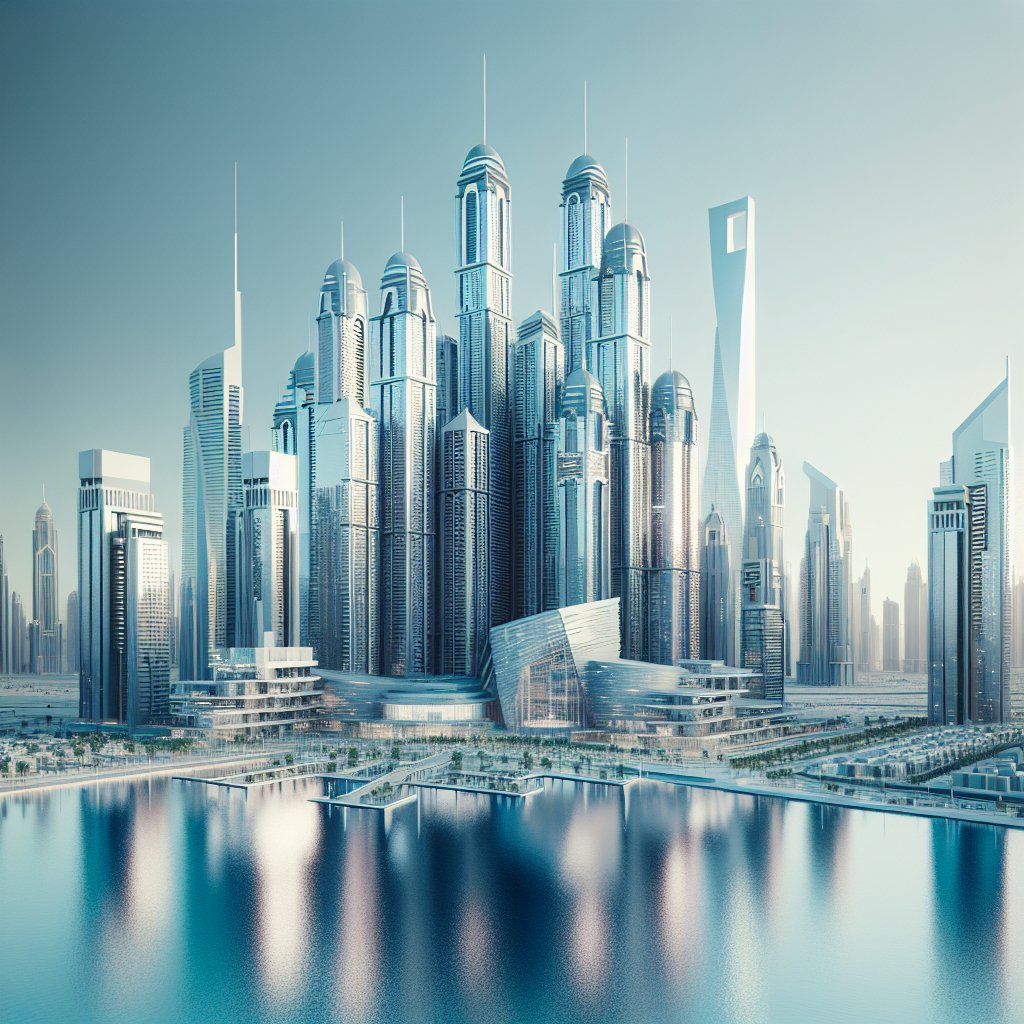Dubai, a city renowned for its architectural marvels and luxurious lifestyle, has taken a step further in redefining urban living with the introduction of sky gardens. These vertical oases are transforming the skyline, offering a unique blend of nature and modernity amidst the towering skyscrapers. As the city continues to grow, the integration of green spaces within high-rise buildings is becoming an essential aspect of sustainable urban development.
The Concept of Sky Gardens
Sky gardens are essentially elevated green spaces incorporated into the design of skyscrapers. They serve as communal areas where residents and visitors can enjoy the benefits of nature without leaving the confines of the building. These gardens are strategically placed at various levels of the skyscraper, providing breathtaking views of the city while offering a serene escape from the bustling urban environment.
The concept of sky gardens is not entirely new, but Dubai has embraced it with unparalleled enthusiasm and innovation. The city’s architects and developers are pushing the boundaries of design to create these lush, green sanctuaries high above the ground. By integrating sky gardens into their projects, they are not only enhancing the aesthetic appeal of the buildings but also promoting environmental sustainability and improving the quality of life for residents.
Design and Architecture
The design of sky gardens in Dubai is a testament to the city’s commitment to architectural excellence. These gardens are meticulously planned to ensure they complement the overall design of the building while maximizing the use of space. Architects employ a variety of techniques to create these green spaces, including the use of lightweight materials, advanced irrigation systems, and innovative structural supports.
One of the key challenges in designing sky gardens is ensuring they can withstand the harsh climate of Dubai. The city’s hot and arid conditions require careful selection of plant species that can thrive in such an environment. Additionally, architects must consider factors such as wind resistance and load-bearing capacity to ensure the safety and longevity of these elevated gardens.
Benefits of Sky Gardens
Sky gardens offer a multitude of benefits, both for the residents of the buildings and the city as a whole. One of the most significant advantages is the improvement in air quality. The plants in these gardens act as natural air purifiers, absorbing carbon dioxide and releasing oxygen, which helps to reduce pollution levels in the city.
Moreover, sky gardens provide a much-needed respite from the urban heat island effect, which is a common issue in densely populated cities like Dubai. The presence of greenery helps to cool the surrounding air, creating a more comfortable environment for residents and reducing the need for air conditioning.
Social and Psychological Impact
In addition to their environmental benefits, sky gardens also have a positive impact on the social and psychological well-being of residents. These green spaces serve as communal areas where people can gather, socialize, and relax, fostering a sense of community within the building. The presence of nature has been shown to reduce stress levels, improve mood, and enhance overall mental health, making sky gardens an invaluable addition to urban living.
Furthermore, sky gardens can increase the value of a property by enhancing its aesthetic appeal and offering unique amenities that are highly sought after by potential buyers and tenants. As a result, developers are increasingly incorporating these green spaces into their projects to attract discerning clients who value sustainability and quality of life.
Challenges and Future Prospects
Despite their numerous benefits, the implementation of sky gardens in Dubai is not without its challenges. The high cost of construction and maintenance can be a significant barrier for developers, particularly in a city where real estate prices are already high. Additionally, the technical complexities involved in designing and building these gardens require specialized expertise and resources.
However, as the demand for sustainable and eco-friendly living spaces continues to grow, it is likely that sky gardens will become an increasingly common feature in Dubai’s skyline. Advances in technology and materials are making it easier and more cost-effective to incorporate these green spaces into high-rise buildings, paving the way for a greener and more sustainable future.
Innovations and Trends
As the concept of sky gardens evolves, architects and developers are exploring new ways to enhance their functionality and appeal. Some of the latest trends include the integration of smart technology to monitor and maintain the gardens, the use of vertical farming techniques to grow food, and the incorporation of renewable energy sources such as solar panels to power the gardens’ irrigation systems.
These innovations not only improve the sustainability of sky gardens but also offer additional benefits to residents, such as access to fresh produce and reduced energy costs. As Dubai continues to lead the way in urban development, the city’s sky gardens are set to become a model for other cities around the world looking to create greener, more livable urban environments.
In conclusion, sky gardens represent a significant step forward in the evolution of urban living in Dubai. By integrating nature into the heart of the city’s skyscrapers, these vertical oases offer a unique blend of beauty, sustainability, and functionality. As the city continues to grow and evolve, sky gardens will undoubtedly play a crucial role in shaping the future of urban development, providing a blueprint for other cities to follow in their quest for a more sustainable and harmonious coexistence with nature.
